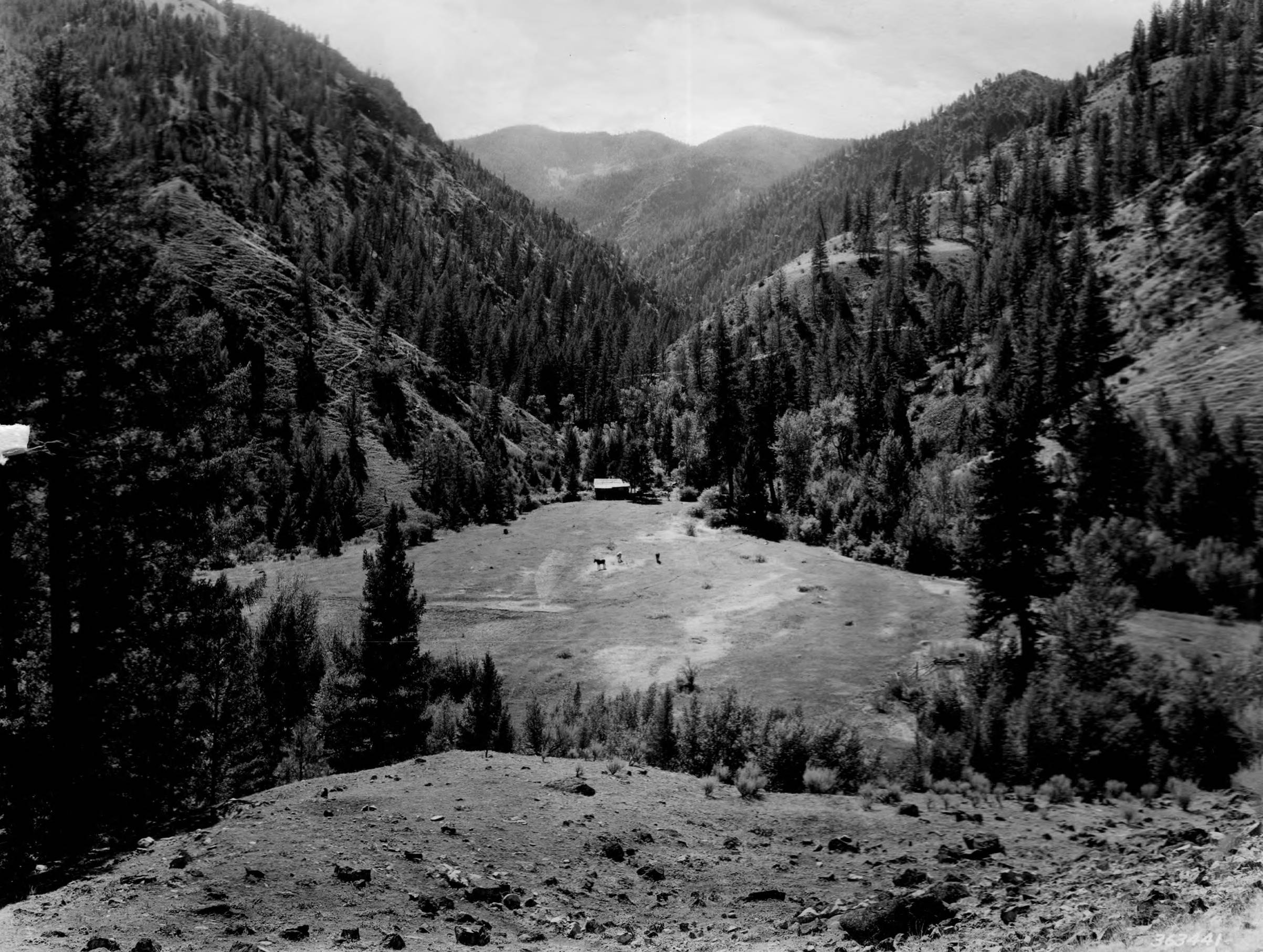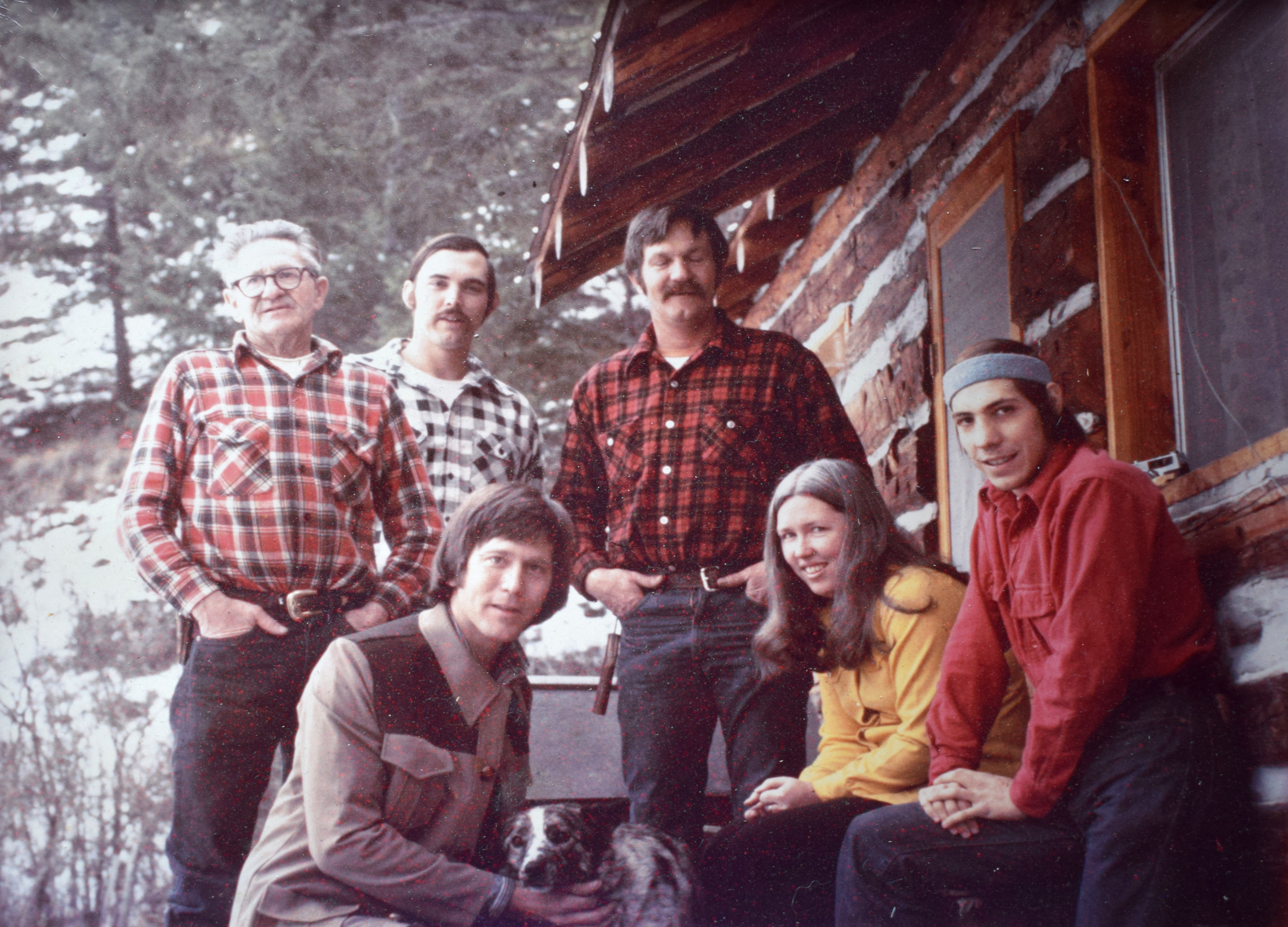Description
The Taylor Wilderness Research Station Archive features video interviews, archival documents, artifacts, research outputs, and other photographs and ephemera collected from those who have made Taylor the unique and transformative place it's been for over 40 years.
Learn More »Objects
1
COMPOUND OBJECT
116
IMAGE
54
MULTIPLE
6
PANORAMA
1552
PDF
84
RECORD
16
TRANSCRIPT
7
VIDEO
View table
Collection as Data
Download this collection's metadata in a variety of reusable formats.
Metadata CSV Metadata JSON Subjects JSON Subjects CSV Geodata JSON Timeline JSON Facets JSON Source Code




